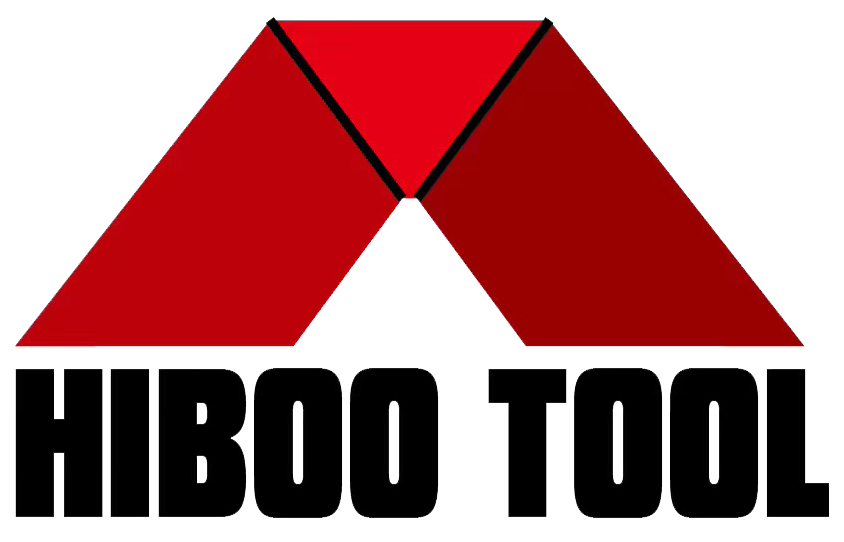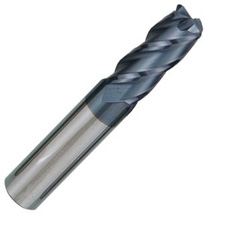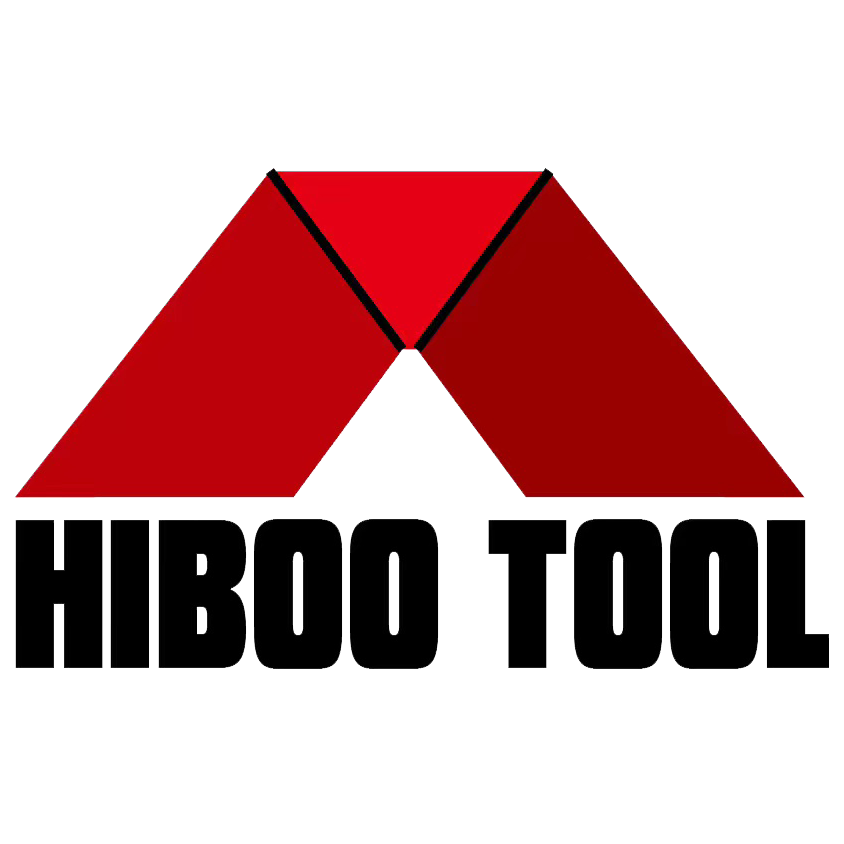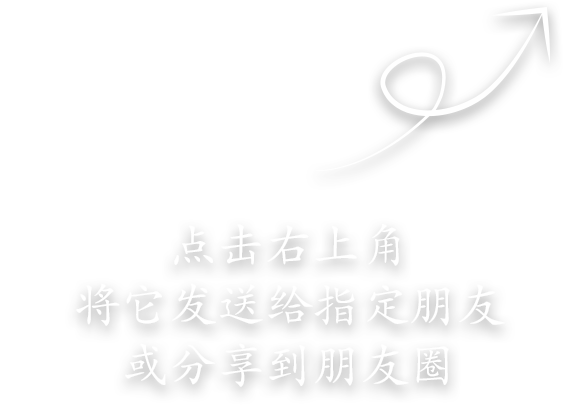Coated cutting tool
Coated cutting tools are obtained by coating a thin layer of wear-resistant refractory metal or non-metallic compounds (which can also be coated on superhard material blades such as ceramics, diamonds, and cubic boron nitride) on the surface of a hard alloy or high-speed steel substrate with good strength and toughness using vapor deposition method.
Coated cutting tools have characteristics such as high surface hardness, good wear resistance, stable chemical properties, heat resistance and oxidation resistance, low friction coefficient, and low thermal conductivity. The coating serves as a chemical and thermal barrier, reducing the diffusion and chemical reactions between the tool and the workpiece, thereby reducing the wear of the crescent groove.
When cutting, the tool life can be increased by more than 3-5 times compared to uncoated tools, the cutting speed can be increased by 20% to 70%, the machining accuracy can be improved by 0.5 to 1 level, and the tool consumption cost can be reduced by 20% to 50%.
There are four types of coated tools: coated high-speed steel tools, coated hard alloy tools, and coated tools on ceramic and superhard material (diamond or cubic boron nitride) blades.
Coating materials: TiC, TiN, Al2O3, newly developed TiCN, (carbon nitride titanium) TiAlN (nitrogen aluminum titanium), TiAlN multi-component, ultra-thin, and ultra-multi-layer coatings combined with TiC, TiN, Al2O3 and other coatings.
The smoothness and wear resistance of coated milling cutters of the same material are better than those without coating. The difference between rough milling cutter and conventional milling cutter is that the milling and feed speed of rough milling cutter can be faster than that of conventional milling cutter. Because there are cutting grooves on its blade diameter. But rough milling cutters can only be used for rough machining. Conventional tungsten steel milling cutters can be used for rough machining and semi precision machining.














Please first Loginlater ~